

Custom Search
Being set away from the road and neighbours, we have a quiet corner where all sorts of wild creatures make their home, or pass through. In the Spring and Summer there is a nightingale in the hedgerow who sings his/her heart out most of the day and all night. Magical. Our pond now has a large population of frogs and dragonflies. We've seen a newt and even had ducks come down to land.
The little chap among the willow shoots at the top of the page chirps away at an amazing volume for such a small creature.
Kestrels, redstarts and golden orioles are nesting nearby and we hear a cuckoo just up the road. Hoopoes are often scouring the lane for insects and the merlin swoops through the garden now and then to try to catch any sparrows or bats unaware. Evidence of deer, badgers, hedgehogs and wild boar are to be seen all around. The deer causing the most damage, eating the bark off the trees and fruit bushes.
Here are a few more creatures we managed to capture with the camera.
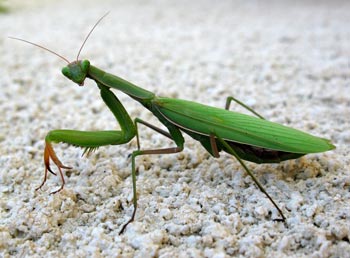
A Praying Mantis. This one has installed itself on the front wall
and hides among the leaves of the potted trees.
It moves very
slowly, freezes and then when an insect comes within range,
WHAM! Those big claws seize their prey.
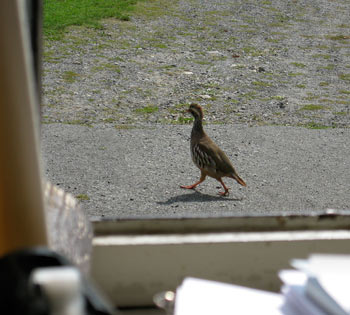
A red-legged partridge we see often around the house. He seems
quite at ease, waddling about like a portly old man with his
hands behind his back, though he's fast enough away when
he sees us.
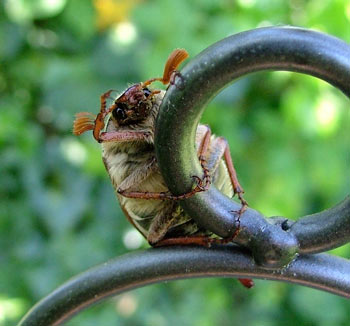
This May bug (NL: Meikever) was beautiful from close up.
Large fans on stalks coming out of his head.
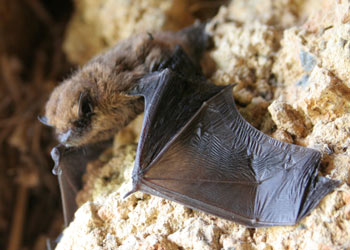
This bat was having a snooze behind a shutter which was
opened. Rather stunned at the sunlight, we put him up on
the barn wall to recover and find a new spot to hang.
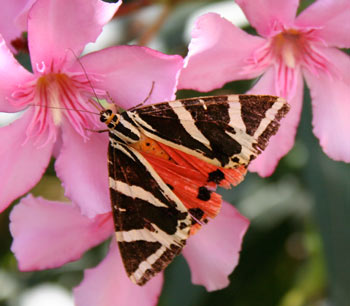
This beauty was set off by the oleander flowers. We call it a
Jersey Tiger. In Dutch it's a Spaanse vlag.
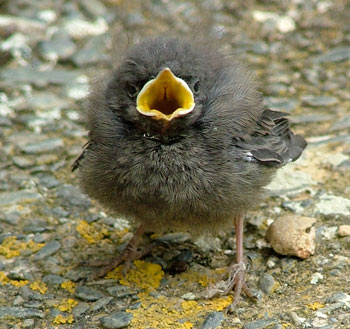
One of the many redstart (NL: roodstaart) chicks we saw
around the house. There were at least three families being
fed in different parts of the garden.
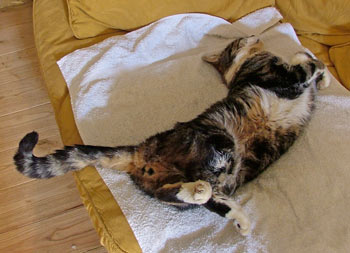
Ferocious when awake, this cat is known to sleep for hours
on end, snoring his way through the afternoon, until tea time,
whereupon he stretches, yawns and goes back home to the neighbours.
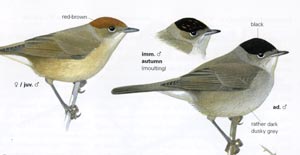
The blackcap. The female has a brown cap. They are fantastic singers
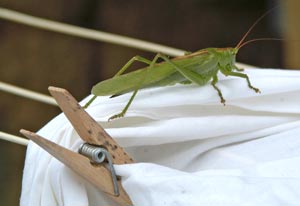
Large grasshoppers and crickets abound
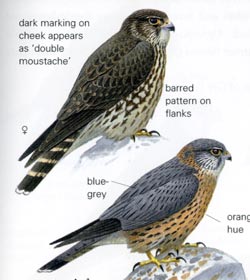
The merlin looks dumpy but is very fast in flight.
We often see them swooping in after the bats
around the house during the twilight hour.

The Hoopoe, winters in Africa and spends summer here.
This one was spotted through the kitchen window
Below are some images of other creatures we have seen over the few last years.
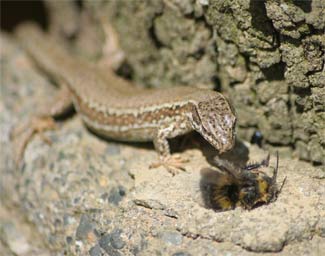
Godzilla meets the killer bees. Actually the lizard was the killer on this particular day. There are a few bees nests in the main barn. The hornets nest was dealt with swiftly since their sting can be fatal.
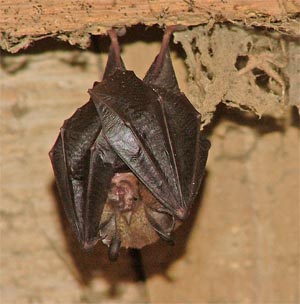
The barn is also home to the bats we see swooping around us in the evenings. When we open the door, they shield their eyes with their wings and fidget until we leave again. "And shut the door behind you!"
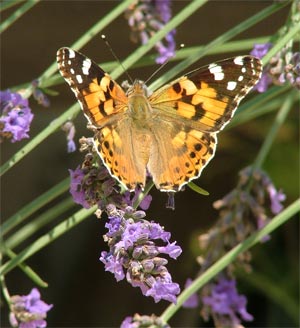
The Distelvlinder (as they say in Dutch) migrates between Scandinavia and southern Europe. An incredibly journey for something so fragile.
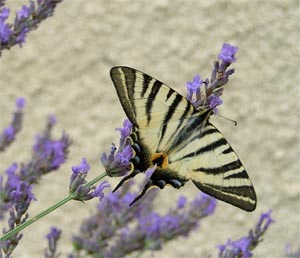
We only have a Dutch book on insects. this is a Koningspage. But of course, you all knew that. The lavender attracts the most beautiful and diverse creatures. We'll be planting a lot more for next year.
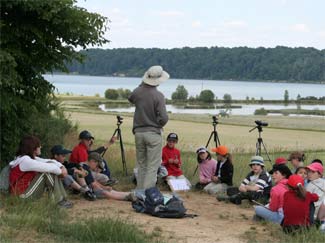
The lake at Puydarrieux attracts all sorts of birds. Most days there are birdwatchers watching the 'to and fro' of breeding and migrating flocks. Bring your binoculars!
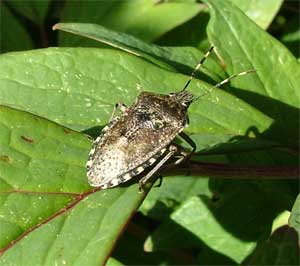
A Punaise (A Wants in Dutch, we don't know the English name). They are as big as a fingernail and just as crunchy. Punaise often buzz about in a drunken flight, landing heavily. They're harmless until they fly into a candle flame. Then they stink the house out!
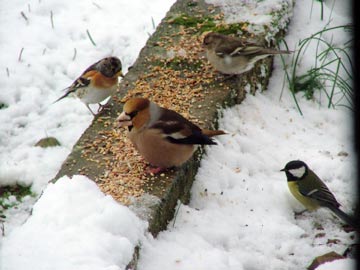
The chubby chappy in the middle is a Hawfinch (Appelvink). Much larger than our other garden visitors with its black mask and goaty beard. We had never seen one before. At one point, we had two couples coming to the breakfast bird table every morning. Surrounding him are left, a male Brambling, above, a female chaffinch, to the right, a coal tit. Other winter visitors to the bird table are greenfinches, goldfinches, cirl buntings and blue tits.
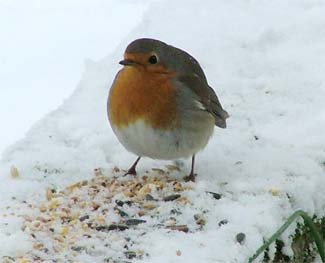
The true symbol of winter, the robin has been flitting in and out of the garden since December. Puffed up like a ball in the snow. He, along with the bramblings, hawfinches and cranes, will soon be off to raise a family in the north east of Europe.
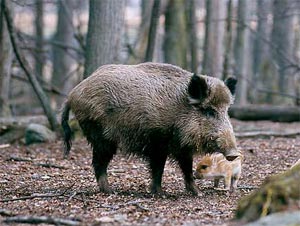
Borrowed from www.hlasek.com
The farmers flash by in their vans in convoy, all after the elusive sanglier. They say that you could be a few feet away and not know it was there. The shotguns echoing around the valley mean that the club de chasse has our hairy friend on the menu at their annual dinner in February. Despite being hunted, they flourish and survive.
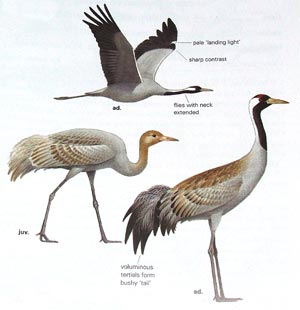
The crane. An elegant, noisy bird. They gather in their hundreds at the lake's edge and graze the fields. Summering in Eastern Europe, some of them have started to stop at the lake, instead of continuing to Africa. Each day they circle over the village and descend in long V formations, back to roost. There are about 600 here each winter.
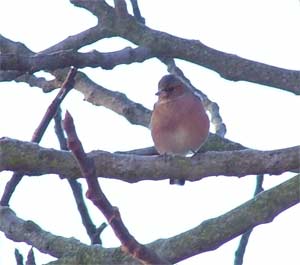
That chubby little friend, the chaffinch, gathers here in the hundreds. Along with other seed eaters such as greenfinch, grey tits and blue tits, they storm our bird table and scour the fields for grain spilt during the harvest. This particular one awaits his turn in our fig tree.
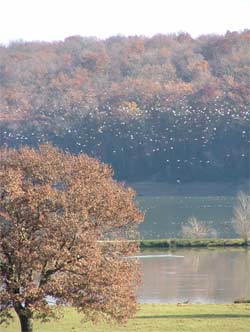
The white specs in this picture are thousands of lapwings, gathering around the lake. They are migrating birds; in Holland we only see them in Spring and Summer. It looks like they, along with the cranes, are here to stay during the Winter period.
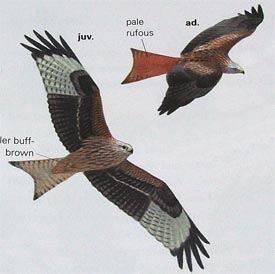
The Red Kite rides the thermals and scans the fields. They often hunt in twos and threes, following the tractors as they turn the soil. Their cousin, the Black Kite, arrives in the summer.
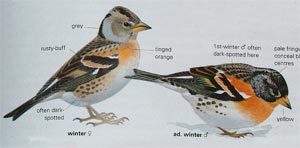
The brambling spends the summer in Russia and Scandinavia. The trees are are now often full of them. Huge flocks move from field to field, searching for fallen seeds. Perry's bird table gets many a visit. Though they didn't appear this 2006/7 winter.
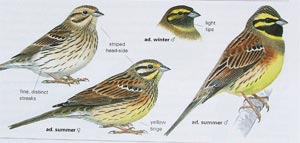
The Cirl Bunting is another colourful winter visitor and a beautiful singer.
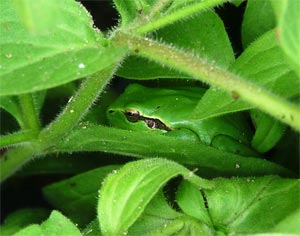
Philautus Trappania hiding in petunias
We found this little froggy, just a few centimeters long, on our front terrace. We have no idea what it's called. It is living in amongst the petunia that we planted in the old wine vats that we found in one of the barns. Caroline was taking out the dead flowers and nearly crushed the frog while doing so.
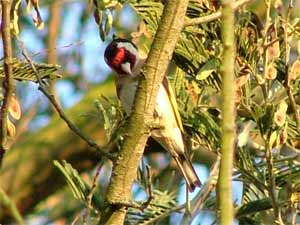
goldfinch in the mimosa tree
Very chatty birds, these pretty goldfinches (putter in NL) babble on for hours on end. A bit like when Perry is telling one of his jokes, ha, ha. They kept us company during our outside dinners, throughout July. Always gathering in the same mimosa tree. Their offspring with their punky hair do's clumsily chasing after each other, making a right racket.
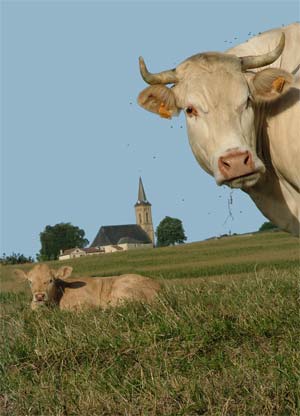
mooooo darrieux
This cute couple is grazing with the rest of their family just behind our house. They are 'Blonde d'Aquitaine', a handsome local breed. It is great to see that the calves get the opportunity to grow up in the fields with their mums. We can often hear them bellowing across the valley and the clonking of their bells. In the evenings the moist air brings their special scent across the fields, a delightful rural smell.
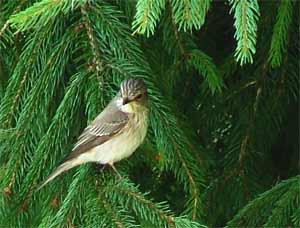
flycatcher
This twitchy little character can spot the tinyest fly. Using many of our trees as observation posts, it darts out to grab them and return to the branch to wait for the next passing meal. The last few months it had been doing overtime to feed its young as well.
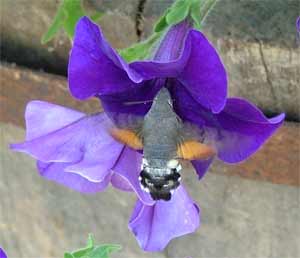
Hummingbird moth
The explosion of petunias attract all sorts of animals. Here is the hummingbird moth. Mostly you hear it before you see it. With its long probiscus and beating wings, it acts just like a humming bird and is about 4 centimeters long.
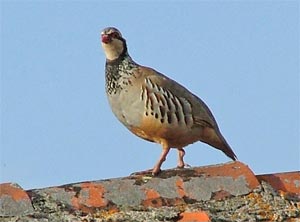
Red-legged partridge
Please meet Patri. He is a very handsome partridge that kept us company the first few months we were here. He could be heard staking out his territory from the top of our barns. We haven't seen him lately, so we hope he didn't end up as someone's dinner.
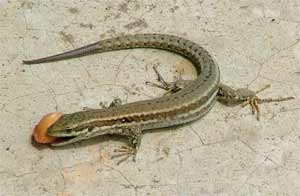
Eddie Lizard
The cracks in the house are full of them and they skitter over our feet when we sit outside. The little ones have just hatched, they look like baby crocodiles. This particular one loved cleaning off our cherry pits. Strange behaviour for a carnivore.